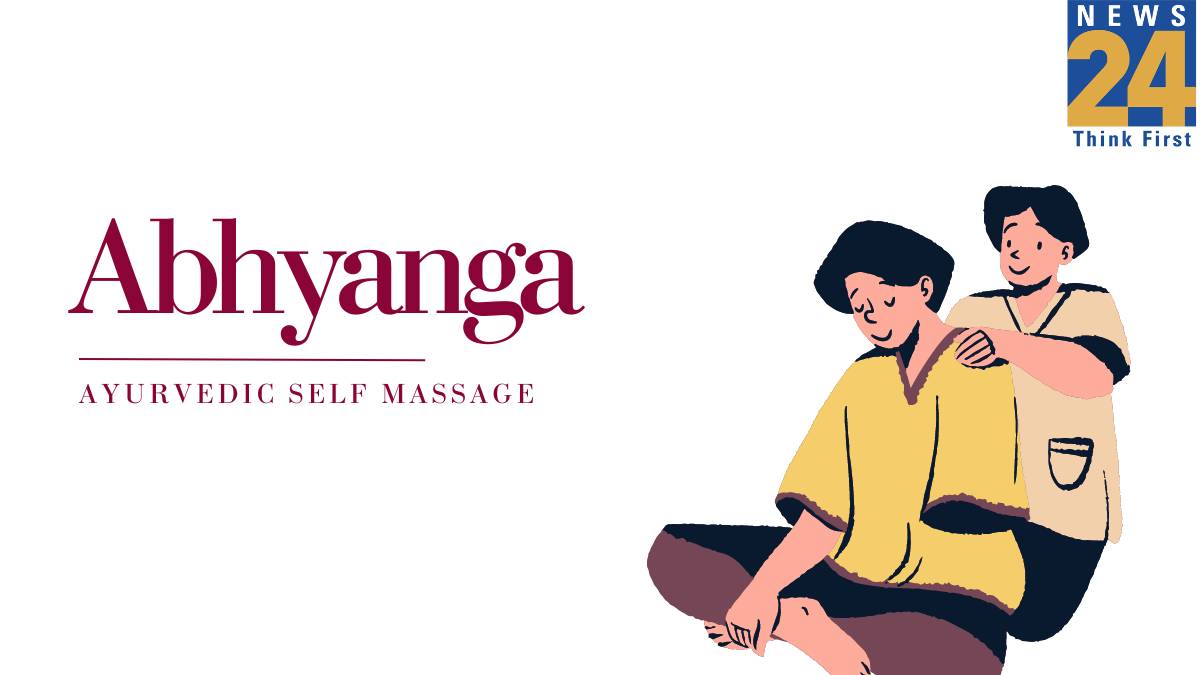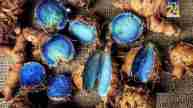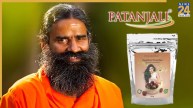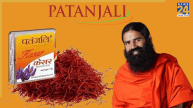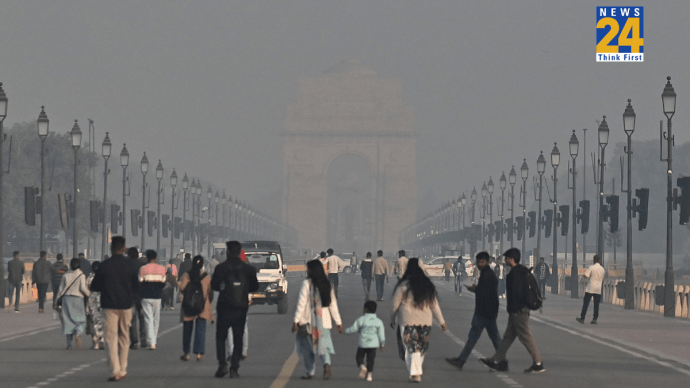This is a ritual that has been in practice since ancient times in India. It is a practice that aims at maintaining both physical and mental health without artificial tablets and other means. Here we will read everything needed to know about abhyanga, an ayurvedic practice that is highly beneficial.
What is Abhyanga?
The word ‘abhyanga’ is quite understandable as a Sanskrit word. It simply means the art of self-massage. Warm oil is applied all over the body from head to toe and self-massaged. It is an ancient practice that is believed to balance out all the doshas in the body. Balancing the doshas means achieving equilibrium of energies that dominate the body. Abhyanga also stimulates and boosts the lymphatic system, thereby promoting relaxation all over the body and removal of toxins.
Steps and Process
Abhyanga is a 5-step procedure that focuses on ameliorating the skin by making it healthy and well nourished. The warm oil that is massaged penetrates deep into the skin and provides extreme hydration making the skin soft and graceful. The steps for performing abhyanga are mentioned below.
Step 1
This is a crucial stage where the best oil has to be chosen. It should be specific and suited for the requirements of the body. High-quality oil should ideally be chosen. The best oils for this purpose are almond, sesame and coconut. Either of them can be used.
Step 2
In this step the oil is warmed. It should be warmed till the point it is suitable to be applied on the body because either extremely hot oil can burn the skin or cold oil will have no effect. It should practically be warmed for a few minutes. For this you can dip your finger in to see whether the temperature is optimum.
Step 3
This step should begin by cleaning the body for best effects. It is the actual step where the procedure begins. The process begins by oiling the scalp and hair. The massage should be done in circular motions beginning from the scalp and worked till the tip of the hair. For better effects, a Kansa Massager can be used as it stimulates the Marma Points on the scalp, face and body.
Next in line is the face. The oil should very gently be massaged onto the face avoiding contact with the eyes. Move on slowly to the neck and shoulders using longer strokes in circular motions. This should be continued to the arms, legs and every body part thoroughly. Ultimately the feet should be massaged in circular motions again to stimulate the Marma Points.
Step 4
Once the oil massage has been completed, it is now time to relax for a good 10-15 minutes to allow the oil to penetrate deeply into the skin and work its wonders. This step is essential and cannot be skipped.
Step 5
The last step involves taking a warm shower to rinse off the excess oil. If soap is required, it is beneficial to use a very light, gentle and mild soap so that the body is not stripped off all the oils totally.
Who Benefits From the Advantages of Abhyanga?
Dinacharya or the daily routine of oil massage has massive benefits. It boosts the entire body and all the systems and induces overall health. It is safe for everyone to practice abhyanga. As it is a type of ‘bahiya snehan’ or external oleation, where the word ‘snehan’ means both ‘love’ and ‘oil’, it becomes highly effective as the oil saturates with love, care and compassion. This oleation process brings about a calming effect and makes the person feel stable, warm and comfortable. It is especially more effective in winter. It relieves the muscles, anxiety and stress.
Oils to Use for Abhyanga
Ayurveda recommends many oils for self-massage sessions. Every oil is unique and has its own set of benefits.
- Sesame oil balances the vata dosha and is good for extremely dry skin
- Almond oil is light and balances the kapha dosha. It is good for skin which prone to acne
- Coconut oil is cool and soothing and balances the pitta dosha. It is extremely beneficial for sensitive or inflamed skin
- Olive oil is nourishing and moisturising, rich in antioxidants, it balances the pitta dosha. It is beneficial for sun-damaged or mature skin
Various other traditional ayurvedic oils can be used for abhyanga.
Tips for A Successful Abhaynga
Following the tips mentioned will give best results. A specific time should be set for abhaynga which should be done in a quiet and comfortable space. The oil used should be warm. The massage should be done with self-love and care. For best results, abhyanga should be practiced 2-3 times a week.
The Abhyanga Effect
Abhyanga is a practice that balances all the doshas perfectly. It achieves perfection when it is done before a bath for a rejuvenating effect or before yoga or meditation. It is practically suitable to be carried out any time of the day as it only gives massive benefits to the person by relaxing and calming the mind.

